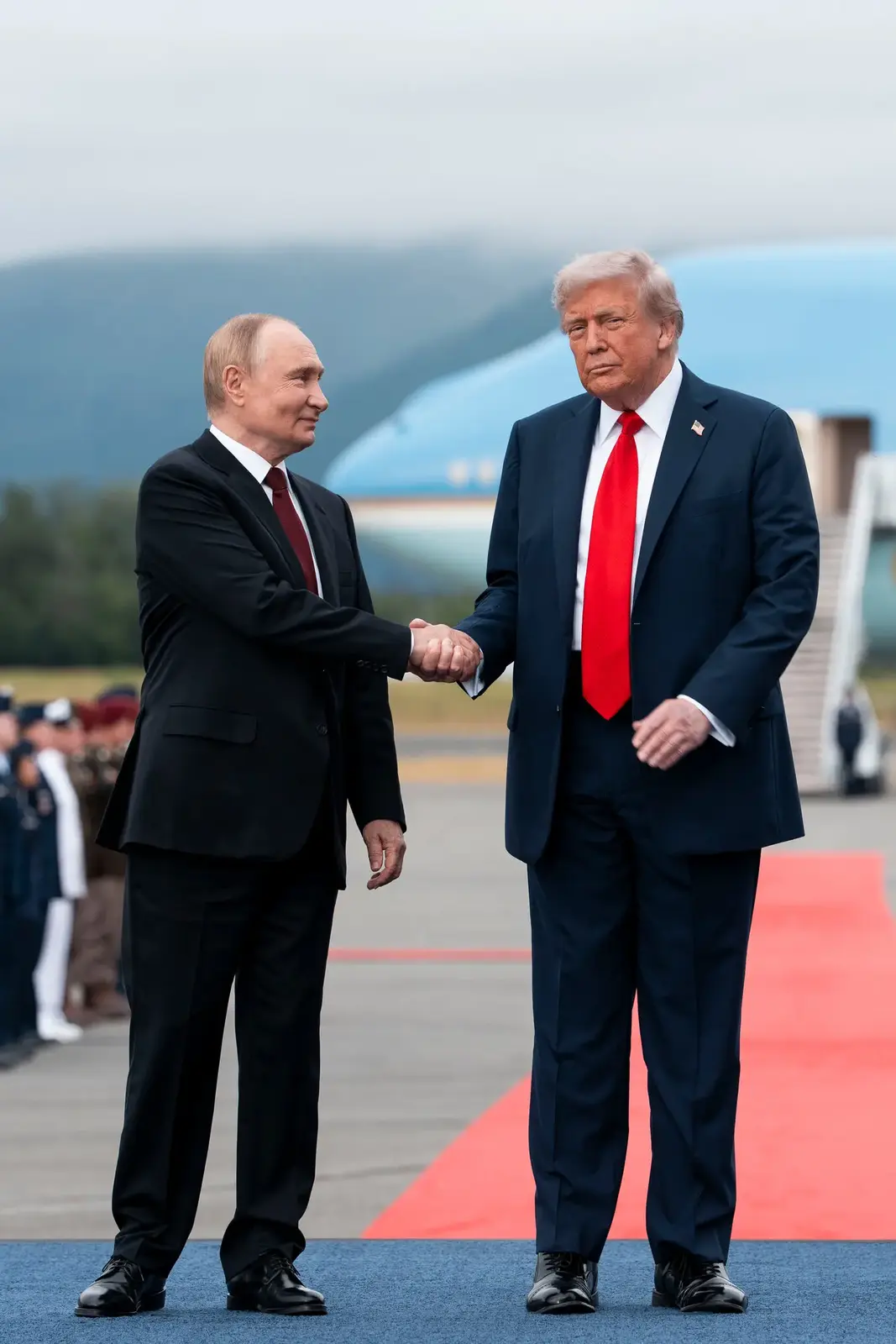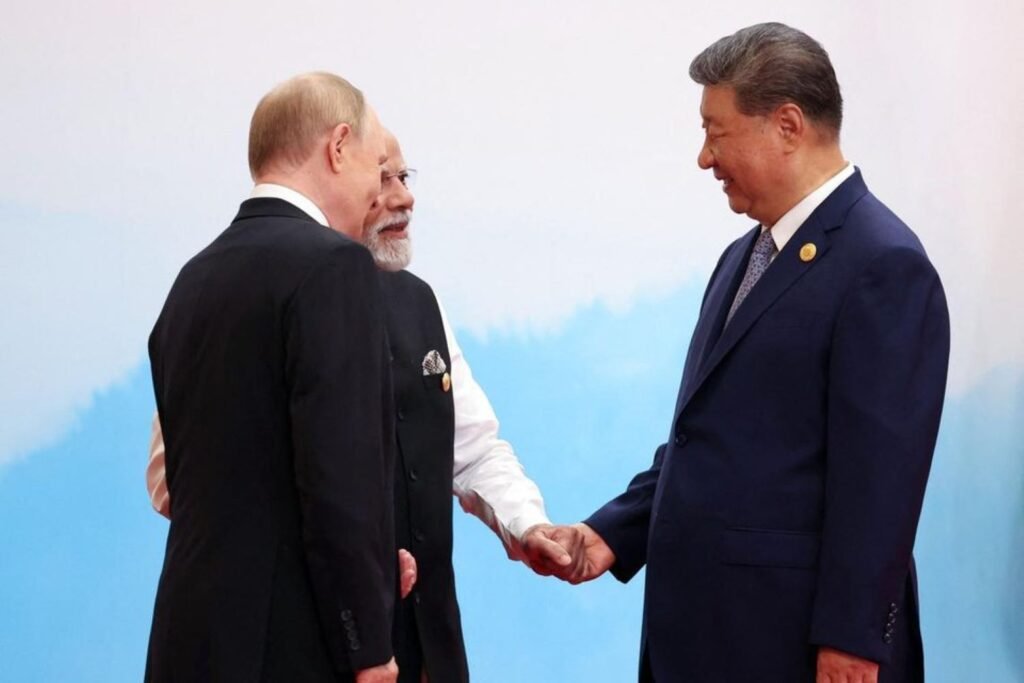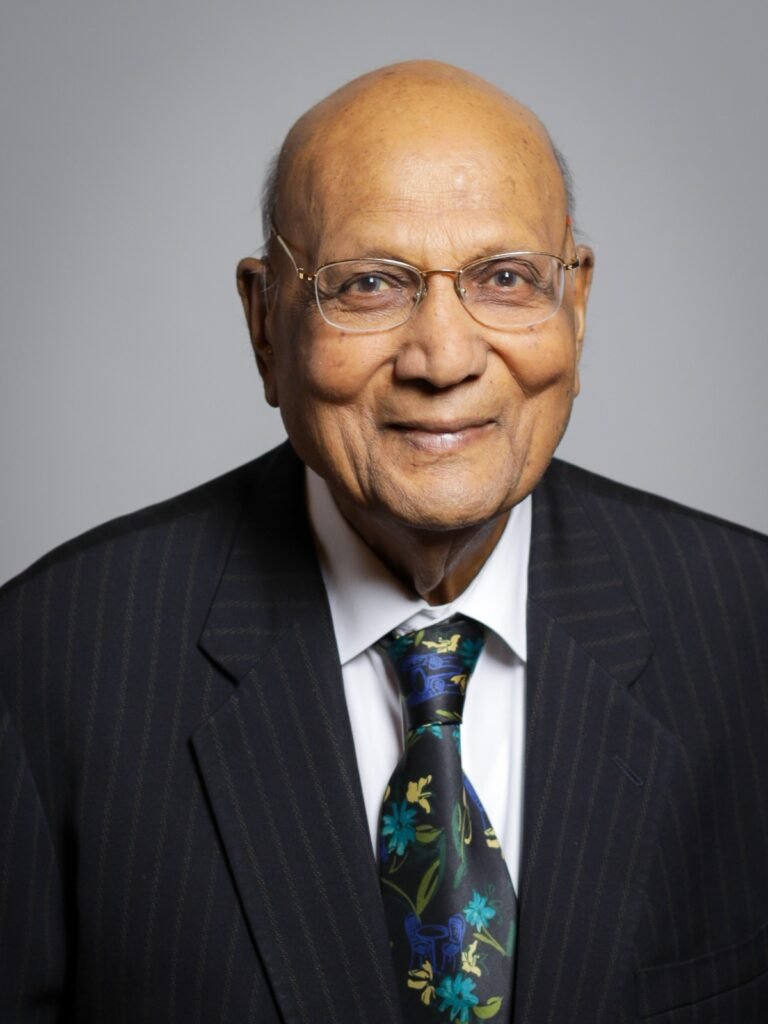In the wake of yesterday’s much-awaited Anchorage summit, where US President Trump accorded Russian President Vladimir Putin a pomp-filled reception, replete with F-22 Raptors lining the tarmac and a B-2 stealth bomber making an imposing air parade as Putin descended the red carpet, the immediate future for U.S. tariffs on India remains stubbornly immutable. Though the meeting was outwardly cordial, no substantive breakthrough emerged, and what little was said in public suggests little has changed in the policy calculus.
In a joint press briefing following their tête-à-tête, President Trump declared the talks “extremely productive” and rated them a “10”, yet explicitly acknowledged “we didn’t get there” – a telling admission of stalled progress. No ceasefire nor major diplomatic stride was achieved. The U.S. has maintained that the failure of negotiations could well precipitate an escalation in secondary tariffs on India, which already bears a crippling 50% duty (a composite of a 25% reciprocal tariff and an additional 25% aimed at penalising its purchases of Russian oil). India has vociferously rejected these measures as ‘unfair, unjustified and unreasonable’. At present, there is no credible signal that these levies will be rescinded, or even moderated, in the near future.
U.S. Trade Representative Amb. Greer, in his recent op-ed titled, Why We Remade the Global Order, proclaims that President Trump is architecting a new global economic order (namely, the Turnberry system), by wielding tariffs as both carrot and stick, designed to rebalance trade in favour of American sovereignty, domestic manufacturing (basically the re-industralisation of the U.S.), and American workers’ welfare. Given this ideological posture, expectations of tariff relaxation toward India, especially in the short term, border on wishful thinking.
Trump’s theatrical choreography in Anchorage, replete with menacing military hardware and diplomatic pageantry, bespeaks the carefully calibrated theatricality of a Hollywood blockbuster. Yet this display failed to translate into substantive outcomes. It is merely more exhibitive of the point that mere optics do not alter the material calculus of tariffs. Putin’s presence on U.S. soil, despite his continued occupation of Luhansk, Kherson, Zaporizhzhia and Donetsk, actions universally condemned by the West, projected Putin as the more successful figure in this exchange, bestowing upon him legitimacy that Trump theatrically sought to wrest from him.
Ergo, as far as India is concerned, the near-term future holds no reprieve. Trump’s self-serving realpolitik, propelled by performative swagger, ensures that tariffs remain the economic lever of choice and that status quo consequences remain firmly in place.




